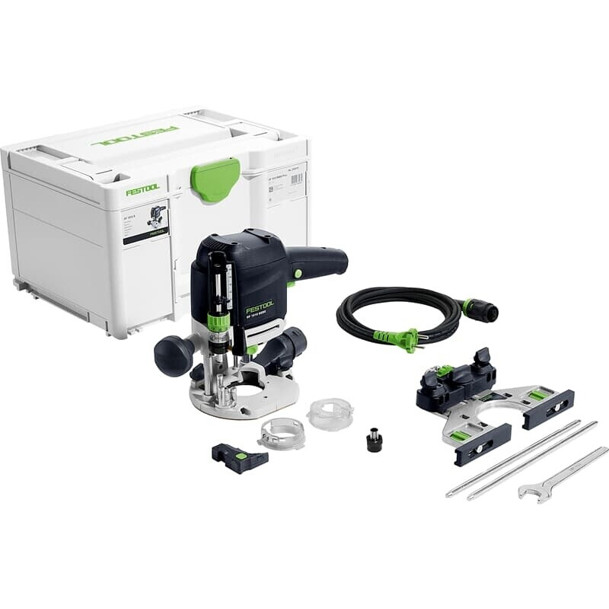Why Wall Chaser Test May Be More Risky Than You Thought

Wall Chaser Test: A Comprehensive Guide to Performance and Efficiency
Wall chasers have actually ended up being vital tools in contemporary building and renovation projects, created to create channels in walls for electrical wiring, piping, or ductwork. As Akku Geräte Set Günstig and professional specialists seek efficiency and precision in their work, it's vital to assess the performance of these tools through a thorough wall chaser test. This article dives deep into the mechanics, performance elements, and results of wall chaser tests, supplying insights that would benefit anyone considering this tool for their projects.
What is a Wall Chaser?
A wall chaser is a customized power tool that allows users to create narrow slots or grooves in walls. Generally, these slots were sculpted by hand, however wall chasers streamline this process significantly. They work by utilizing diamond blades to cut through masonry, concrete, or brick, making it possible for seamless setups of electrical conduits and piping.
Features of Wall Chasers
Before we dive into the wall chaser test itself, it is essential to understand the functions that separate these tools.
| Feature | Description |
|---|---|
| Blade Size | Typically ranges from 110mm to 230mm |
| Cutting Depth | Adjustable, generally approximately 30mm |
| Power Rating | Commonly in between 1400W to 2400W |
| Weight | Varies, normally from 3 kg to 6 kg |
| Dust Extraction | Numerous models consist of dust ports or built-in extraction systems |
| Tool Speed | RPM varieties from 8,000 to 12,000, making sure fast, clean cuts |
The Importance of Wall Chaser Testing
When considering a wall chaser for purchase or usage, understanding how it determines up versus its competitors in real-life circumstances is vital. Consequently, wall chaser tests intend to evaluate:
- Cutting Efficiency
- Ease of Use
- Dust Management
- Resilience
- Sound Levels
Cutting Efficiency
One of the most important aspects of a wall chaser is its ability to develop tidy and exact cuts. During screening, the following parameters are monitored:
- Speed of Cutting
- Quality of Cut (Smooth vs. Rough)
- Consistency over Multiple Cuts
Outcomes can differ depending on the type of wall material being cut. For instance, concrete might take longer to cut compared to drywall.
Reduce of Use
An user-friendly wall chaser will have functions that assist in operation, consisting of:
- Weight Balance: Better balance suggests decreased fatigue throughout extended usage.
- Grip Design: Ergonomically developed grips reduce stress on the hands.
- Adjustable Depth Control: Provides adaptability for differing job requirements.
Dust Management
Effective dust management is vital in keeping a tidy workplace and ensuring user health. Functions evaluated in this classification consist of:
- Built-in Dust Extraction Systems
- Efficiency of Dust Collection
- Amount of Dust Produced During Operation
Resilience
Wall chasers must be robust enough to withstand the rigors of building work. Evaluating will include:
- Material Used in Construction
- Performance under Heavy Use
- Endure Blades and Components
Sound Levels
Power tools can produce significant sound, so determining decibel levels throughout operation is essential. Tools meeting industry requirements for noise would be more suitable to ensure a much safer working environment.
Wall Chaser Test Results Overview
Here's a summed up table of a hypothetical wall chaser test conducted on 4 popular designs offered in the market:
| Model | Cutting Efficiency | Ease of Use | Dust Management | Durability | Sound Level (dB) |
|---|---|---|---|---|---|
| Model A | Exceptional | Excellent | Fair | Outstanding | 85 |
| Model B | Excellent | Excellent | Exceptional | Great | 78 |
| Design C | Fair | Fair | Good | Fair | 90 |
| Model D | Outstanding | Excellent | Excellent | Outstanding | 82 |
Analysis
- Model A shines in cutting effectiveness and durability however produces a higher noise level.
- Model B is an ergonomic choice with outstanding dust management.
- Design C, while less reliable overall, may match users with periodic requirements.
- Design D supplies a balance of performance and sound reduction.
Frequently Asked Question on Wall Chasers
1. Can a wall chaser be utilized on drywall?Yes, wall chasers can
be used on drywall, however care needs to be taken to prevent overcutting, which can cause uneven edges. 2. How deep can a wall chaser cut?Most wall chasers
can cut up to 30mm deep, but this differs based on the design. 3. Do I require particular blades for different materials?Absolutely! Diamond bladesare recommended for masonry and concrete, while specialized blades are available for softer materials like drywall. 4. Is dust management vital when utilizing a wall chaser?Yes, reliable dust management is vital for health and can impact
presence and the total work environment. 5. How do I maintain my wall chaser?Regular cleaning and ensuring blades are sharp will assist maintain efficiency. Shop in a dry place to prevent rust and damage.
The wall chaser stays an indispensable tool for modern-day construction and restoration projects. By understanding its features, efficiency qualities, and essential testing specifications, users
can make informed decisions when selecting a wall chaser that matches their requirements. The insights gathered from performance screening not just enhance the effectiveness of the tool however likewise contribute to more secure and more efficient job execution. If you're considering investing in a wall chaser, keep in mind to weigh all the features and test results we have discussed. Delighted chasing!

